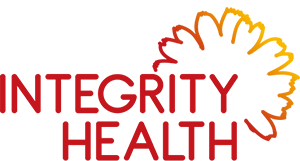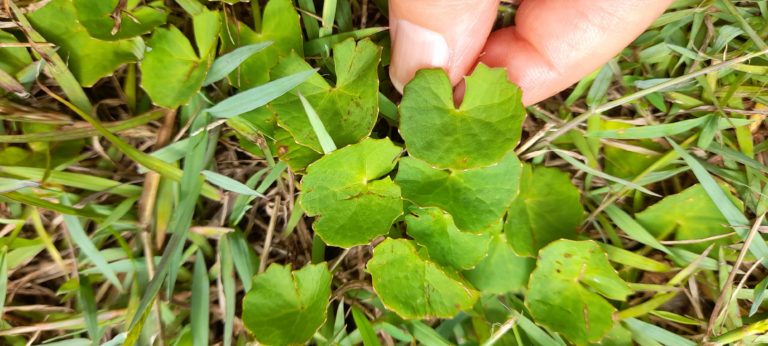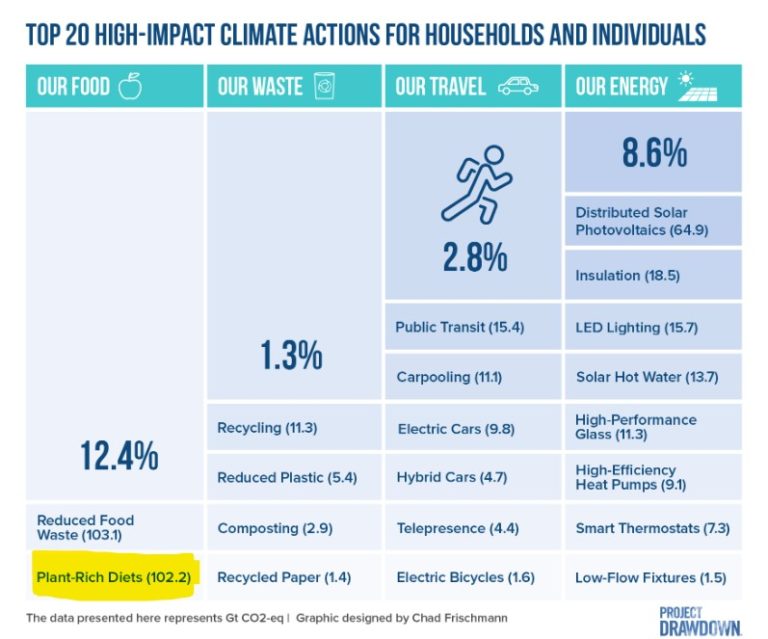What’s my exercise regime?
Exercise is increasingly recognised as a health basic – but it can seem HARD sometimes.
I get asked one question a lot from my patients. “What do YOU do?”
I’m in my mid sixties now, and I aim to keep going for a while yet – hopefully without too may medical interventions (touch wood!)
Like many people, over the years I have experienced a lot of musculoskeletal pain:
- a wry neck and nerve impingement syndrome with lightening flashes from neck to fingers
- being bed ridden with fevers and lower back pain
- sciatic type leg pains and collapsing leg/hip regularly.
It comes with surviving past the 40-odd years that evolution wanted from us to keep the generations going.
Over time, I have figured out that my best option for keeping upright when I need and want to is to pay attention to the things that I can influence. These include:
- Look, learn, listen to myself and also to numerous authorities who seem to know what they are talking about. I’ve trained in Osteopathy and Remedial Massage and Naturopathy, so I have a keen understanding of various modes of therapy. (Knowledge is power)
- I love to think outside the dominant ‘medical box’ and consider more wholistic approaches to well being and whole health expression.
- I am still learning to know and honour my limits and be kind to myself – so I’m better at stopping before it all gets too much. (My tendency to push through and keep weeding for hours on end now requires reining in, otherwise suffer I will, for sure.)
- I have a background of CFS (Chronic Fatigue Syndrome) to a degree, post Glandular Fever as a teen (not as debilitating as many folks). This helps me understand possible limitations and required regular rest times.
- I keenly understand the connections between nutrition, emotional well being and musculsokeletal pain. I know just how inter-related our Gut, Brain, Nerves and Connective tissue are – and how broad the impact of inflammation is.
So I have created routines and personal practices to help me keep well. There are a fair few – but here are some examples of how I’ve customised a movement process that works for ME.
A. STRETCHING
- As I lie in the warm bed in the morning I have trained myself to do a series of stretches before I even get up. These include:
a. with one knee bent, I pull this toward my chest and hold for about 20 to 30 secs, then repeat on other side. If I have mobility or pain issues I will apply PNF or MET (Proprioceptive Neuromuscular Facilitation or Muscle Energy Techniques).
b. with both knees bent, I then place the ankle of one in front of the other knee and pull these toward me and hold for 20 to 30 secs. Repeat other side. (known as the pretzel stretch)
c. one leg straight, the other knee bent, I allow the bent leg to fop over across the other leg to rest for 20 to 30 secs. Repeat other side.
I may do some or all of these or reps x 2 or 3 depending on my need or my body’s demands at the time.
B. STRENGTH, FLEXIBILITY AND BALANCE
- Yoga is great as a practice for all three of these challenges of ageing. So I:
a. Do a couple of Salutes to the Sun as soon as I stand up.
b. Follow with some core-strength plank exercises.
c. Finish with some balance exercises – standing on one leg then the other, eyes open first THEN eyes closed.
C. WALKING FOR BASIC FITNESS
- I walk just about every morning – and have concentrated on making it a habit as automated as cleaning my teeth. This means that I:
a. Put on walking clothes, first up.
b. Keep my walking shoes by the door – no “where did they go?”
c. Keep the 30 minutes of my walk clear in my diary.
D. TABLE TENNIS TWICE A WEEK FOR AEROBIC FITNESS
- I love table tennis – it’s an amazing combination of:
a. laughter
b. coordination and balance
c. intense intervals of aerobic activity
d. reflexes
e. social interaction and friendship and community
Find your activity-intense “thing” – swimming or line dancing or whatever – so that “keeping moving” is an automatic part of your life.
Don’t buy into other people’s “HOWs”
Do take responsibility for your body and how you move it for your health – explore and experiment to find what works for you.
And if you’re not making progress, get some help. Chat to a Physio, Exercise Physiologist, Osteopath. You could even consider talking to your friendly online Naturopath. (Through my contact page.)
PS: Here are a couple of useful resources:
Low impact high intensity exercise set
Every step counts (Jan 2024). You don’t have to aim for 10,000. Start with one and add on for well being results.





